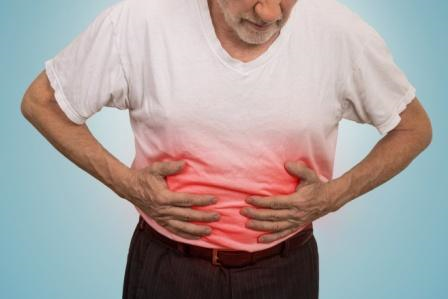Multidetector CR and non-perforated peptic ulcer disease: a pictorial essay
Peptic ulcer disease (PUD) is still a major global disease. Therefore, the aim of this pictorial essay is to aid the radiologist with the CT diagnosis of non-perforated PUD, with special emphasis on the differential diagnosis.
Teaching points:
- Gastric and duodenal peptic ulcers are increasingly caused by nonsteroidal anti-inflammatory drugs
- Multiplanar CT interpretation allows detecting deep ulcers and secondary signs of gastroduodenitis
- CT diagnosis of uncomplicated peptic disease relies on direct and indirect signs
- Currently the commonest complication, haemorrhage may be treated with transarterial embolisation
- Other uncommon complications include gastric outlet obstruction and biliopancreatic fistulisation
Abstract:
Despite availability of effective therapies, peptic ulcer disease (PUD) remains a major global disease, resulting from a combination of persistent Helicobacter pylori infection and widespread use of nonsteroidal anti-inflammatory drugs. Albeit endoscopy definitely represents the mainstay diagnostic technique, patients presenting to emergency departments with unexplained abdominal pain generally undergo multidetector CT as an initial investigation. Although superficial ulcers generally remain inconspicuous, careful multiplanar CT interpretation may allow to detect deep ulcers, secondary mural and extraluminal signs of peptic gastroduodenitis, thereby allowing timely endoscopic verification and appropriate treatment. This pictorial essay aims to provide radiologists with an increased familiarity with CT diagnosis of non-perforated PUD, with emphasis on differential diagnosis. Following an overview of current disease epidemiology and complications, it explains the appropriate CT acquisition and interpretation techniques, and reviews with several examples the cross-sectional findings of uncomplicated PUD. Afterwards, the CT features of PUD complications such as ulcer haemorrhage, gastric outlet obstruction, biliary and pancreatic fistulisation are presented.
Reference:

